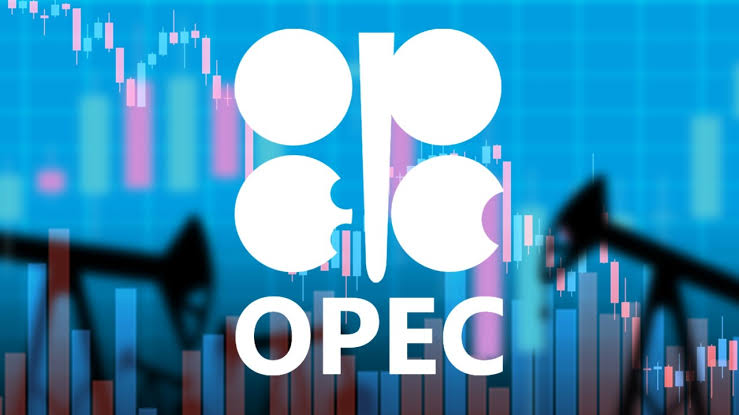KEY POINTS
- OPEC+ has cut 5.86 million barrels daily since 2022.
- Members like the UAE push for higher quotas, complicating decisions.
- Analysts predict little change, with a price war unlikely.
OPEC+ Faces Few Choices According to experts and sources, OPEC+ will not have much leeway in determining its oil production policy when it convenes in December because poor demand deters output rises and some member nations oppose more drastic supply cutbacks.
Conflicts arise over production cuts and output increases
Due to poor global oil demand and increased output outside the club, OPEC+, which is led by Saudi Arabia and Russia, has repeatedly postponed plans for moderate production increases this year. In an effort to stabilise the market, members have already cut production by 5.86 million barrels per day since 2022, or around 5.7% of the world’s consumption.
Although recent decreases from nations like Iraq have improved quota compliance, more cutbacks are doubtful because some members, including the United Arab Emirates (UAE), are pushing for higher quotas to match their production potential.
According to reuters, oil prices this year have remained in the $70-$80 per barrel range despite OPEC+ cuts, which is substantially over the breakeven price for Middle Eastern producers but not enough to cover many OPEC countries’ financial demands. Insufficient demand might cause prices to decline, endangering the income of nations that rely heavily on oil.
Uncertainty looms over OPEC+ strategies for market stability
Although analysts believe this is improbable given the cost reductions and concentration of U.S. shale producers, some experts suggest that OPEC+ may explore a price war to recapture market share, similar to its 2014 strategy. It is now more difficult for OPEC+ to exert pressure on competitors because the breakeven cost for U.S. onshore production has decreased to $45 per barrel.
Since OPEC+ was established in 2016, the group’s market share has decreased to 48%. According to analysts, OPEC+ is likely to retain current production levels or make small tweaks based on market conditions, as both further cutbacks and a price war are not feasible choices.
“There is only a 20% chance of a price war,” BNP Paribas’ Aldo Spanjer stated. According to energy analysts, OPEC+ will put market stability first and any output reductions are unlikely to occur anytime soon.



